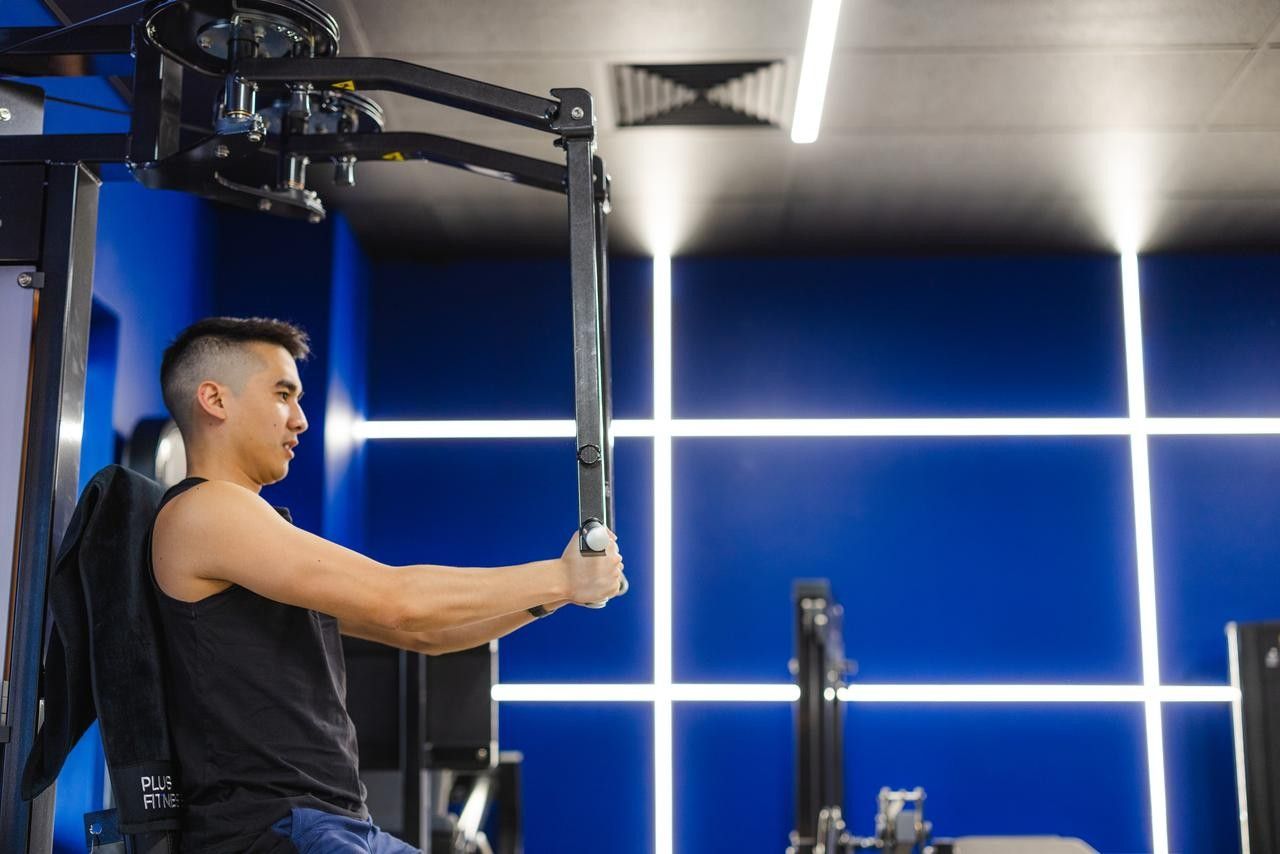Reverse Curls: How to Do, Mistakes, Proper Form and Variations
- Share on

Want to level up your arm workouts? Reverse curls might be the secret weapon you’re missing. Unlike regular bicep curls, this underrated move focuses on a different part of your arm—hello, forearms and brachialis! Whether you're a gym newbie or a seasoned lifter, understanding how to perform reverse curls properly can improve both aesthetics and grip strength.
What Is a Reverse Curl?
A reverse curl is a twist on the classic bicep curl, where you hold the bar or dumbbells with your palms facing downward (a pronated grip) rather than upward. This subtle grip change shifts the focus away from the biceps and targets the brachialis—a muscle located beneath the biceps—as well as the forearm extensors.
This move not only helps build thicker arms but also supports better elbow stability and stronger wrists, especially for lifters who struggle with pulling movements like deadlifts or pull-ups.
How to Do Reverse Curls (Proper Form)
Here’s a step-by-step guide to mastering the reverse bicep curl:
• Choose Your Equipment: Use an EZ bar, straight barbell, or dumbbells.
• Grip Position: Stand with feet shoulder-width apart. Hold the weight with a pronated grip (palms facing down).
• Start Position: Arms fully extended, elbows tucked close to your body.
• The Curl: Slowly lift the weight toward your shoulders, keeping your wrists straight and elbows fixed in place.
• Control the Descent: Lower the weight in a slow, controlled manner.
• Pro Tip: Don’t use momentum. Maintain strict form throughout the movement to maximize arm engagement.
Common Mistakes to Avoid
Avoid these common errors to get the most out of your reverse curl exercise:
• Using too much weight: This often leads to swinging and poor form.
• Flaring elbows: Keep elbows close to your torso to isolate the right muscles.
• Bending wrists: Keep your wrists neutral to avoid strain and ensure maximum tension on the forearms.
Variations of Reverse Curls
Switch things up with these reverse curl variations to hit your muscles differently and avoid plateaus:
• EZ Bar Reverse Curl
Great for reducing wrist strain while maintaining tension on the brachialis.
• Dumbbell Reverse Curl
Offers a greater range of motion and allows for unilateral training.
• Cable Reverse Curl
Keeps consistent resistance throughout the movement.
• Resistance Band Reverse Curl
Perfect for home workouts—easy on the joints and highly effective.
Conclusion
The reverse curl is a must-have in your arm workout arsenal. It not only builds size and strength in your forearms and brachialis but also boosts overall arm definition. Keep your form clean, avoid common mistakes, and play with variations to keep things fresh. If you’ve been ignoring this movement, it's time to curl in reverse!
For Membership Enquiry Click Here
- Share on
Author
YOU MIGHT BE INTERESTED BY...
STAY INFORMED
Register for regular updates, blogs and Plus Fitness news


